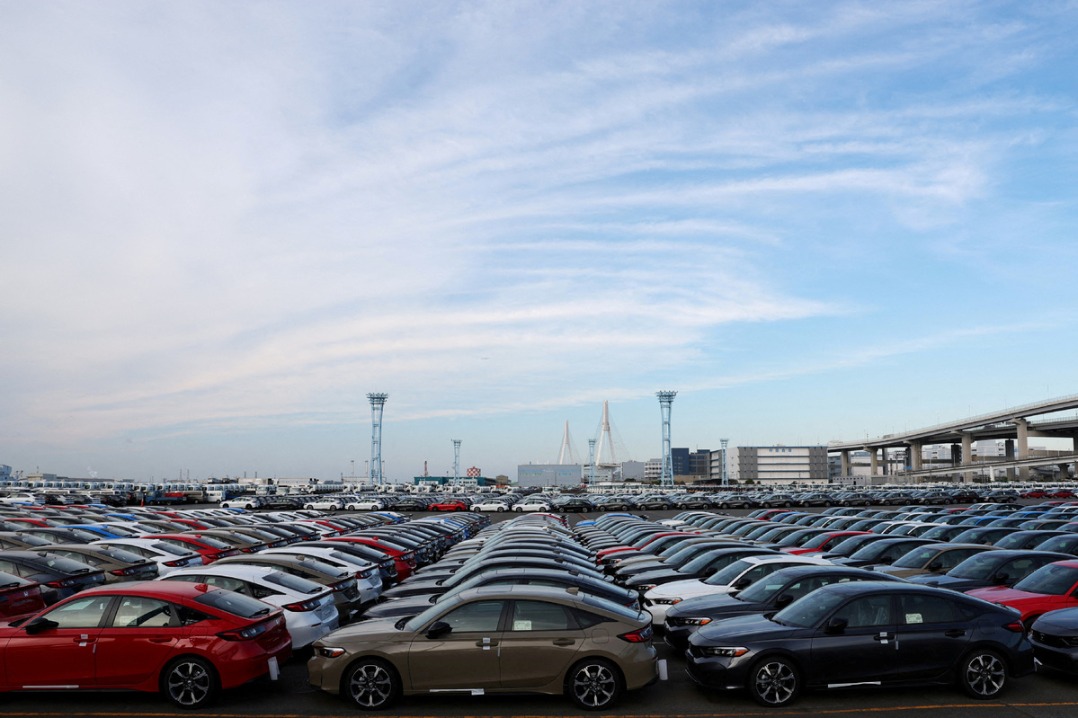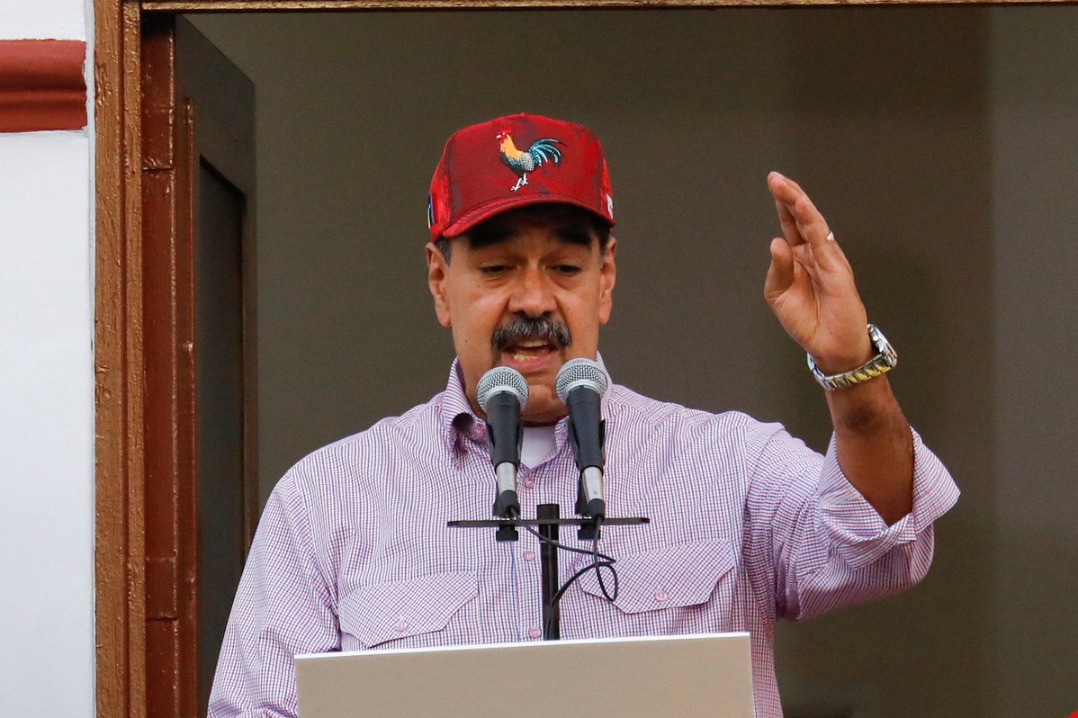Experts: US chip subsidy may not lead to desired outcome


While chipmakers in the United States will be competing for the billions of dollars in subsidies the government will grant to boost domestic manufacturing, experts see challenges ahead to allocate the fund effectively.
The US House of Representatives has followed the Senate in passing the CHIPS and Science Act to counter China's technological development.
President Joe Biden is expected to sign the bill into law on Tuesday.
The legislation includes $52 billion in grants to support advanced chip manufacturing and research and development in the US — $39 billion will be used to support the construction of new fabs over five years, with grants of up to $3 billion for each project. Another $11 billion is set aside for research and development.
The Department of Commerce will be responsible for deciding how much of the money to allocate to the costly fabs and who gets the money. Some experts have expressed doubts that the government's financial support is unlikely to cover all the big projects under construction.
"Giving money away is easy, but I am not confident that bureaucrats at DOC know how to allocate the funds in such a way that will give the US the best return, or for that matter, any return," George Koo, a retired international business adviser in Silicon Valley, told China Daily.
"It's by no means certain that the subsidy would be allocated effectively and lead to desired technical advances," he said.
Intel, a pioneer in the technology industry, is among a number of manufacturers investing in US production capability, encouraged by the CHIPS Act. Construction of Intel's new plant in Ohio is expected to begin late this year. Last year, the company chose an existing complex in Arizona for a $20 billion expansion.
Taiwan Semiconductor Manufacturing Co, or TSMC, the world's largest chip foundry, began building a $12 billion complex in Arizona last year. Samsung Electronics is working on a $17 billion factory in Texas.
Although Congress has agreed that foreign companies are eligible to apply, domestic chipmakers are lobbying to get the lion's share of the grant. The Commerce Department has not yet revealed the application process.
"The success of Silicon Valley depended on venture capital investments, the very high-risk, high-reward investments that fueled the emergence and growth of the semiconductor industry," said Koo.
"When the venture capitalists stopped investing in chip fabrication in the US but gave up that market segment to overseas such as Japan, South Korea and Taiwan and later in the Chinese mainland, the US quite naturally lost its edge in manufacturing semiconductor chips," he said.
"Now throwing money at the industry to make up for lost decades may not succeed, because the lost decades mean that the US no longer has the necessary people with the skills to build and run a state of the art fab," he added.
The US share of global semiconductor manufacturing capacity has been declining in recent decades — from 37 percent in 1990 to 12 percent today. Manufacturing moved out of the US because of lower costs in Asia.
TSMC Chairman Mark Liu told shareholders at the company's annual meeting in June that the facility in Arizona — an advanced chip plant in the US at the urging of the US government — is turning out to be "more costly" than expected. Liu also said it's "more difficult" to recruit engineers and technicians in the US.
Morris Chang, founder and former chairman of TSMC, shared the same concerns that the top challenge in the nation's ability to ramp up domestic chip production is a lack of manufacturing talent.
With a foundry today costing close to $20 billion to build, spending only tens of billions of dollars of money is not going to be enough, Chang said in an interview with the Brookings Institution in April. He called the effort "a wasteful and expensive exercise in futility".
Using TSMC's plant in Ohio as an example, Chang said the cost for the same product is about 50 percent more than the cost in Taiwan. "The US will increase onshore manufacturing of semiconductors somewhat. But all of that will be very high-cost increase, high unit cost. It will be noncompetitive in the world markets," he said.
































